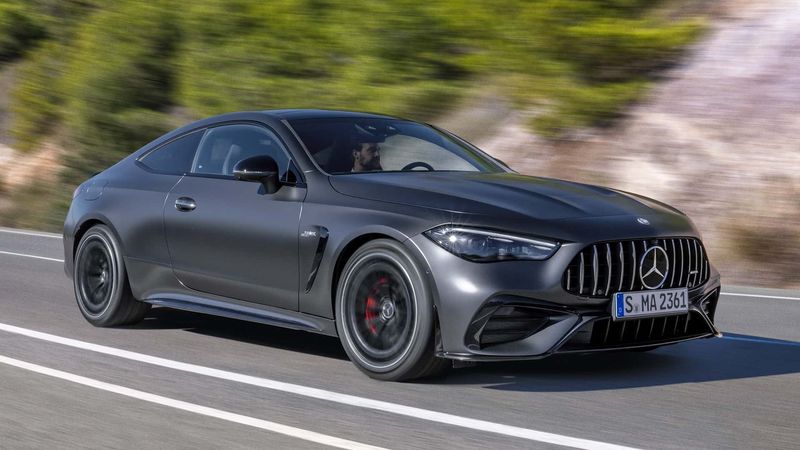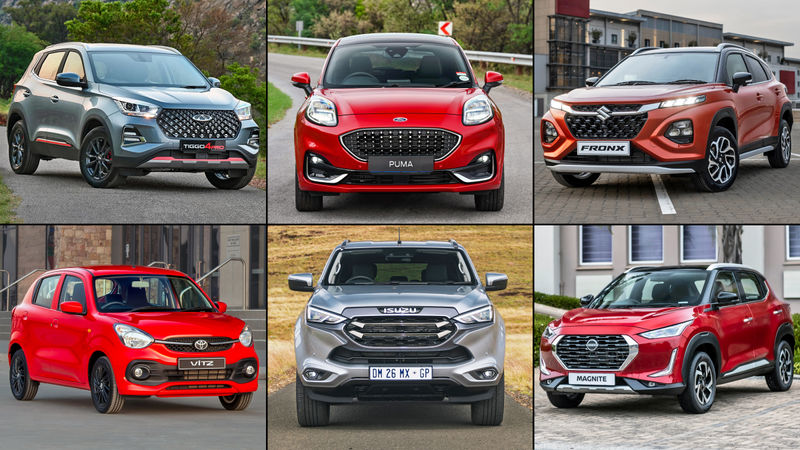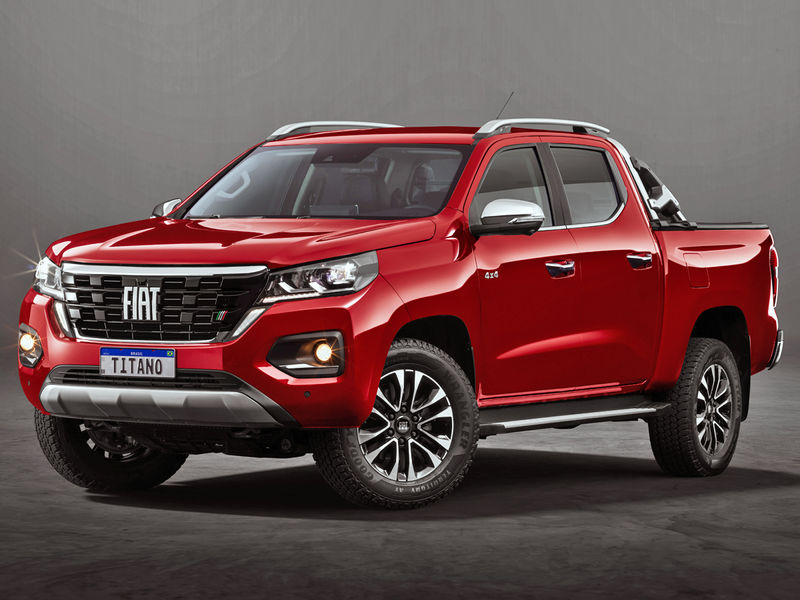











Sustainable through innovation was the name of the event and it was a fascinating look at how BMW Group’s production processes can be enhanced to be more sustainable and less energy- and resource-intensive. The premise is simple: how can BMW Group build vehicles while respecting climate, resources, quality of life, and social responsibility.
While the below technologies and innovations are advancedand interesting, but cynically you could ask why only now? Why has this only been implemented recently when steps could have been taken a decade ago when it came to reusing and recycling materials from cars that were due to be scrapped? Still, I think its impressive a big corporate decided to make time for introspection and ask if its production methods could be improved upon with specific focus on sustainability.

No, the cabins are not made from recycled grumpy vegans, but rather interior trim is manufactured with new materials that look and offer leather-like tactility. Veganism isn’t just about noanimals as a food source, but not endorsing the commodity status of animals.
While leather seats and a leather-wrapped steering wheel are still desirable elements in a vehicle, BMW and Mini will be offering vegan interiors as soon as 2023. It’s tricky, as cabin materials will need to be durable, and look and feel premium to the touch. BMW Group reckons its found a substitute for leather on the steering wheel and it feels pretty close to the real thing.
Impressively, BMW claims going leather-free reduces CO2 emissions by 85%.So, what are these new materials? BMW has teamed up with some start-ups and the new interiors will come from biological-based materials. These range from PVC leather made from cork, to Mirum which is a plant-based fiber and fully recyclable, while Deserttex is made from smashed cactus plants.

Right now, the average BMW and Mini features 300 kg of plastic. The new-generation of BMW vehicles in 2025 will have some of its plastic trim made from 30% recycled fishing nets and ropes. The fishing industry tends to dump its nets into the ocean, which is far from ideal.
BMW teamed up with Aquafil whofound a way to process the nets and ropes, and grind them down into a material called Econyl. The nylon nets are cleaned and broken down into their chemical components and the result is Econyl nylon granules which can be used as either a fibre for things like floor mats in the new X1 and iX (which is already happening).
Now technology has been able to make these granules suitable for the plastic injection moulding process and make things like dashboard and door elements. BMW says the fishing net components have around 25% less carbon footprint in comparison to conventional plastics. By 2030, BMW hopes that up to 40% of the plastics used in its vehicles will be from recycled plastics.

Instead of just crushing old cars, why aren’t certain components extracted, processed and used again, or as BMW Group calls it ‘the vehicle as a source for raw materials.’BMW says somealuminium components already contain up to 50%secondary raw materials, with the next-generation Mini Countryman featuring up to 70% recycled metals.
By partnering with chemical giants BASF and recycling specialists ALBA, BMW will be using recycled steel, aluminium, glass and plastics in the assembly of its future vehicles which is said to reduce CO2 emissions by up to 30%.From 2024 onwards, all cast aluminium wheels sourced by the BMW Group will be produced using only green electricity.The BMW Group has been sourcing aluminium produced using electricity generated from solar energy since February 2021.

Plant-based is not just a diet, but also a great raw material. BMW Group has been using plants and natural fibers in its vehicles for some time. The 2013 BMW i3 featured door trim made from plant-based fibres, the instrument panel comprised eucalyptus wood and the leather was tanned naturally using olive leaves. The learnings from this car have been applied recently, with door trim and armrest of the new BMW 7 Series coming from natural fibres such as flax, hemp and kenaf.
Interestingly, we’re now seeing some motorsport applications with a flax cooling shaft for a Formula E racecar as well as carbon fibre replacements in BMW M Motorsport touring cars.The benefits are numerous as not only are plant-based materials lighter in comparison to conventional materials, but growing such materials helps offset CO2. We got to touch and feel bodywork made from flax and while it won’t have the same strength properties of carbon fibre, it certainly looks the part.

This odd-looking conceptfrom BMWis said to demonstrate a fully recycled and recyclable car.Essentially, its a compact and fully electric vehicle for 2040 andis made from 100% recycled materials and can be fully recycled, which BMW dubs the circular economy.






